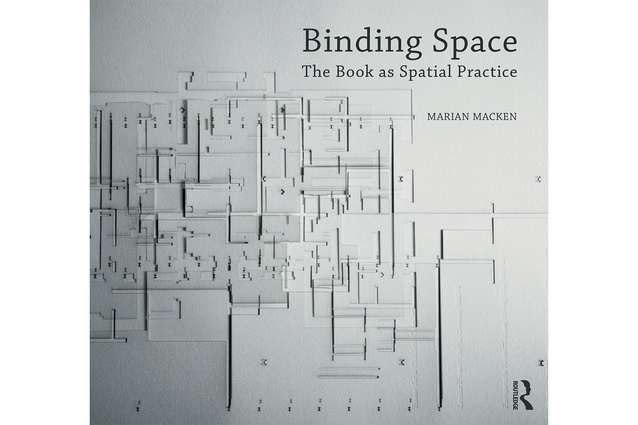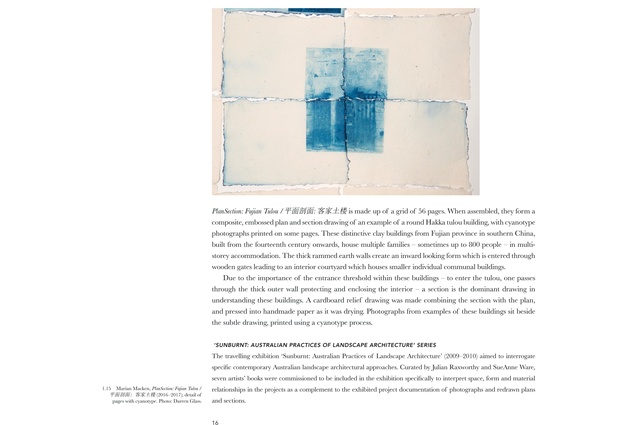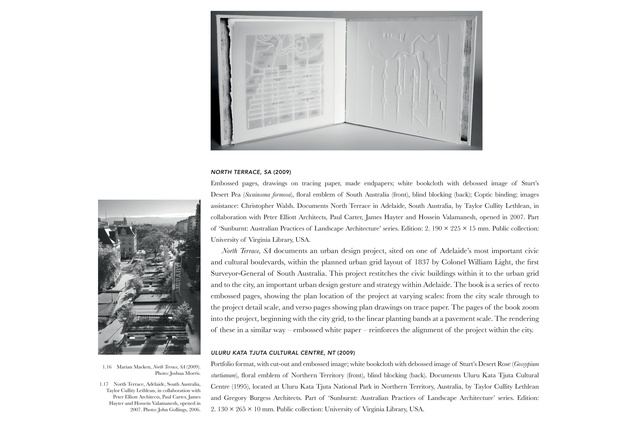Book review: Binding Space: The Book as Spatial Practice
This book by Marian Macken, a newly appointed senior lecturer at the University of Auckland School of Architecture and Planning, reinvigorates one of the long-standing traditions of the school.
For a whole generation, through the 1980s and 1990s, the architecture programme at Auckland had an international reputation as ‘the drawing school’. Championed by Sarah Treadwell following her appointment as a young lecturer in 1981, the design culture of work at the School was characterised by a highly sophisticated and speculative approach to representation.
It was a time when internationally important architects often had signature graphic styles, and the way a designer drew was seen as a key expression of the way they thought. At the School, drawings were not just windows to architectural intentions; it paying close attention to representational techniques and their effects was seen as a key means of defining and developing ideas; the medium was not just the messenger, or the message, but could play a role in the making.
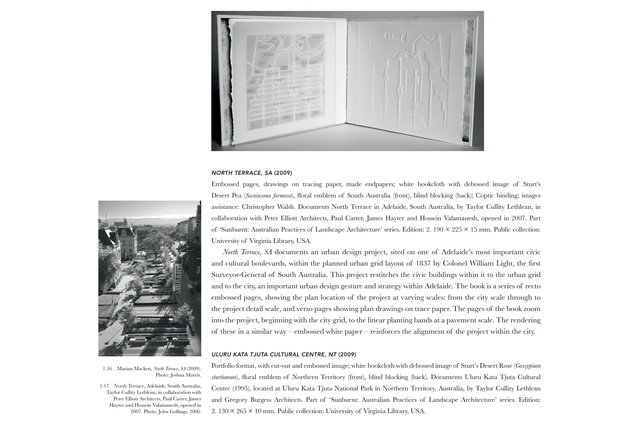
This drawing culture reached a high point with the exquisitely detailed, if inscrutable, drawings of Simon Twose in the late 1980s and with the School’s scooping of the Venice Prize at the 1991 Venice Biennale. This award was bestowed in large part because of the adventurous, astonishing student drawings contained in the School’s installation.
For a decade, otherwise sensible students (including this author) ruined their eyesights in a frenzy of cross-hatching. The concern with representation as the source of a critical stance on architecture continued as digital drawing and modelling tools were included in the mix, and the subject of ‘drawing’ transformed into the broader field of ‘media’.
With the departure of Sarah Treadwell in recent years, the impending retirement of Ross Jenner and (at the time of writing) the sword hanging over the School’s specialist library, it would be tempting to think that the rigorous approach of those days is on the wane.
However, the concern with representation at Auckland has had an enduring human legacy and this is not just in the skills and attitudes graduates carried with them. Many of those who studied at the School during the 1980s and 1990s and went on to academic careers did their postgraduate degrees in the field of representation.
It is much harder to point to a physical legacy: the odd framed student drawing in architectural offices and a scattering of scholarly articles in the academic literature. However, Macken’s Binding Space: The Book as Spatial Practice physically reasserts and extends the tradition of critical engagement with drawing. Macken is not a product of the ‘drawing school’ years – she’s an Aussie who had previously been teaching in China – but her appointment seamlessly continues this line of teaching, research and making.
Macken’s fascinating volume comprehensively explores the potential for the book to be the site for spatial representation – that is, the unique possibilities created for architecture when it is expressed in book form. Macken draws on a wide range of sources, which exhibit what she sensibly refers to as ‘bookness’.
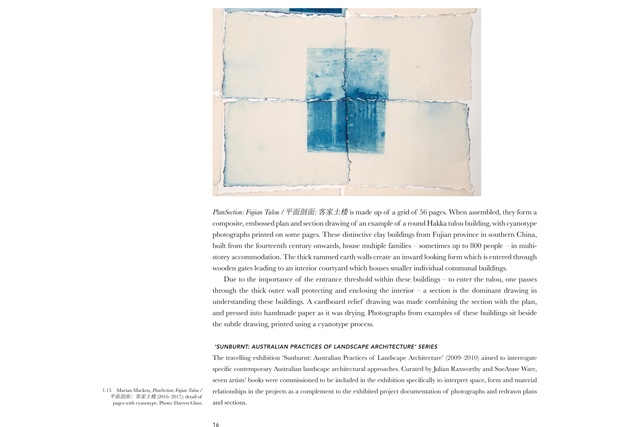
Many of her examples are artists’ books – books made as original works of art – but she also pulls in ancient Japanese drawing methods, Victorian English drawing techniques, embossed pages, concertina drawings, pop-ups, fold-outs, origamic architectures, and the physical carving of space out of pages.
Where the drawing school tended to the esoteric, Binding Space is both timely and practical. In the effort to charm and convince clients and users, it has become fairly common practice in recent years for architects to package up design proposals as books. These are often little more than spiral-bound PowerPoints – diagrams, sketches and renderings pulled from projection screen to page.
What Macken’s book points to is the potential for architects to be much more adventurous in their use of this media. At a time when, locally, the relationship between architecture and books is uncertain, being presented with exciting new possibilities has to be welcome.

